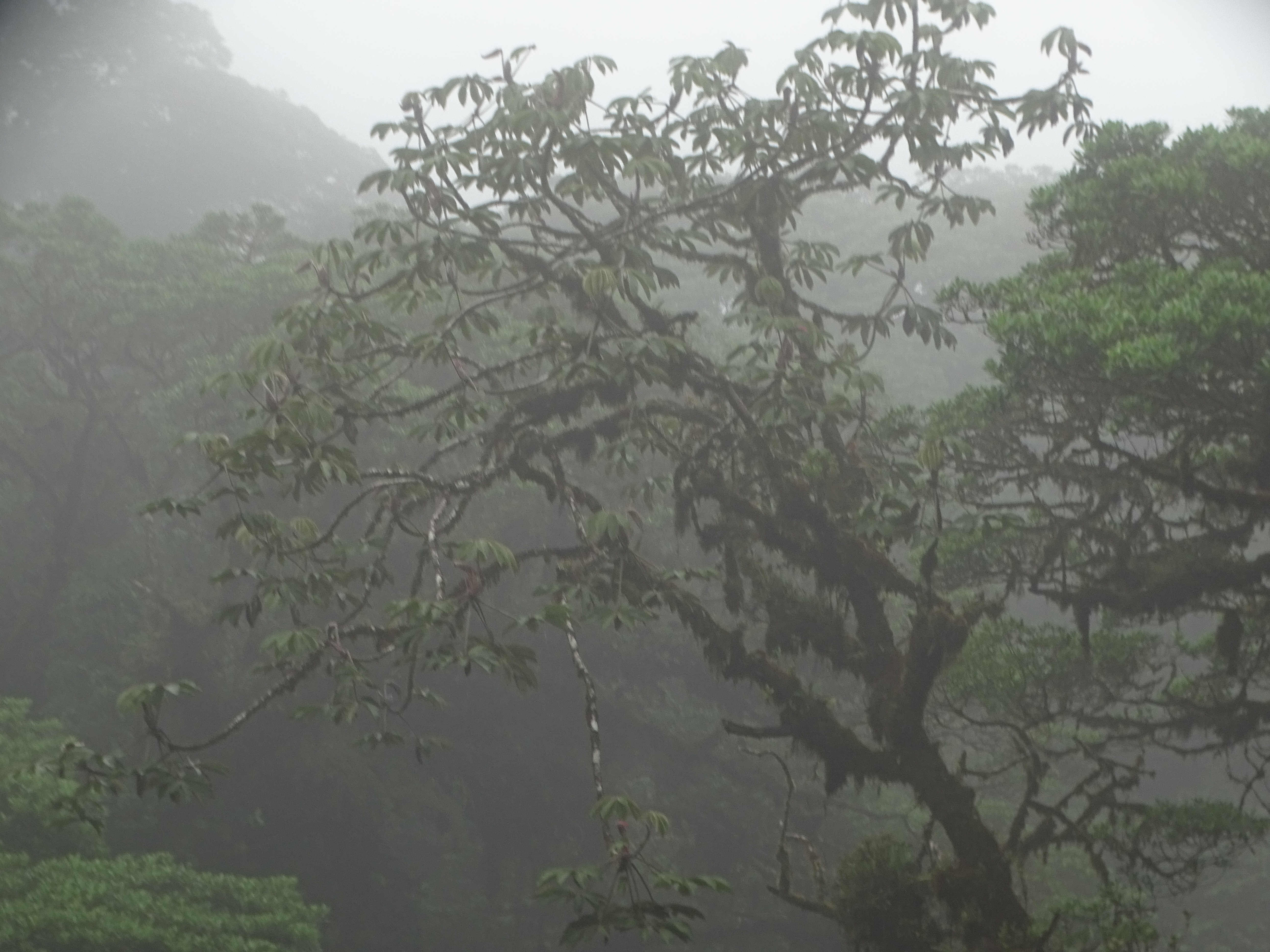Even if I traveled through Costa Rica during the high season, I didn't experienced any problems with reservations for hotels or transportation. Not even by the most popular attractions of the country there were no crowds of tourists. If exceptionally there was a shortage of services, the reason for this was the insufficient infrastructure, e.g. the too small mountain refuge, the only accommodation available for people, who want to climb to the Mount Chirripo, the highest mountain in the country. Other than by my previous travels I didn't bring the tent and the camping equipment to Costa Rica, because camping is prohibited in the national parks and other protected areas. Additionally there are no any long distance trails in the country, which would afford overnight stay in the wilderness.
The wealth of the present-day Costa Rica bases mainly on the big areas with the pristine nature. The country is filled with national parks, biological reserves, and other protected areas where waterfalls flow, birds fly, and all kinds of wildlife species can be spotted. Those protected areas account for more than a quarter of Costa Rica's landmass. The pristine nature lures tourists from all over the world to the country making the tourism industry the cash cow of Costa Rica.
This small country excels at the big landscape diversity: long coast lines, pristine beaches, high mountains, volcanoes etc. This is one of the reasons that Costa Rica belongs to the most biologically diverse places in the world. Due to the protected status of many areas spotting wildlife is nearly guaranteed here. Many seldom, nocturnal and shy species loose their fear of human and could be observed in Costa Rica even in broad daylight.

Please click on the photo above to see the travel report from my journey to Costa Rica.
Nevertheless life in Costa Rica is 'pura vida'. Literally translated as 'pure life', the phrase represents the low stress, unrushed lifestyle practiced by most Ticos (the name for Costa Rica's citizens). But not seldom their famously laid-back lifestyle makes the life for foreign travelers more complicated as necessary. I most often experienced the chaotic conditions in the country traveling by bus, the most common mean of transportation in Costa Rica.
The most interesting parts of Costa Rica are its national parks protecting the pristine nature. The architecture and the life in the towns is not very interesting, with exception of some museums. There are a lot of beautiful beaches in Costa Rica, but it wasn't my highest priority to make beach holidays. The same is true for some partly dubious adrenaline rush activities like zip-lining over the cloud forest. For this all my travel to Costa Rica consisted almost only of visiting the most spectacular national parks and other protected areas.
